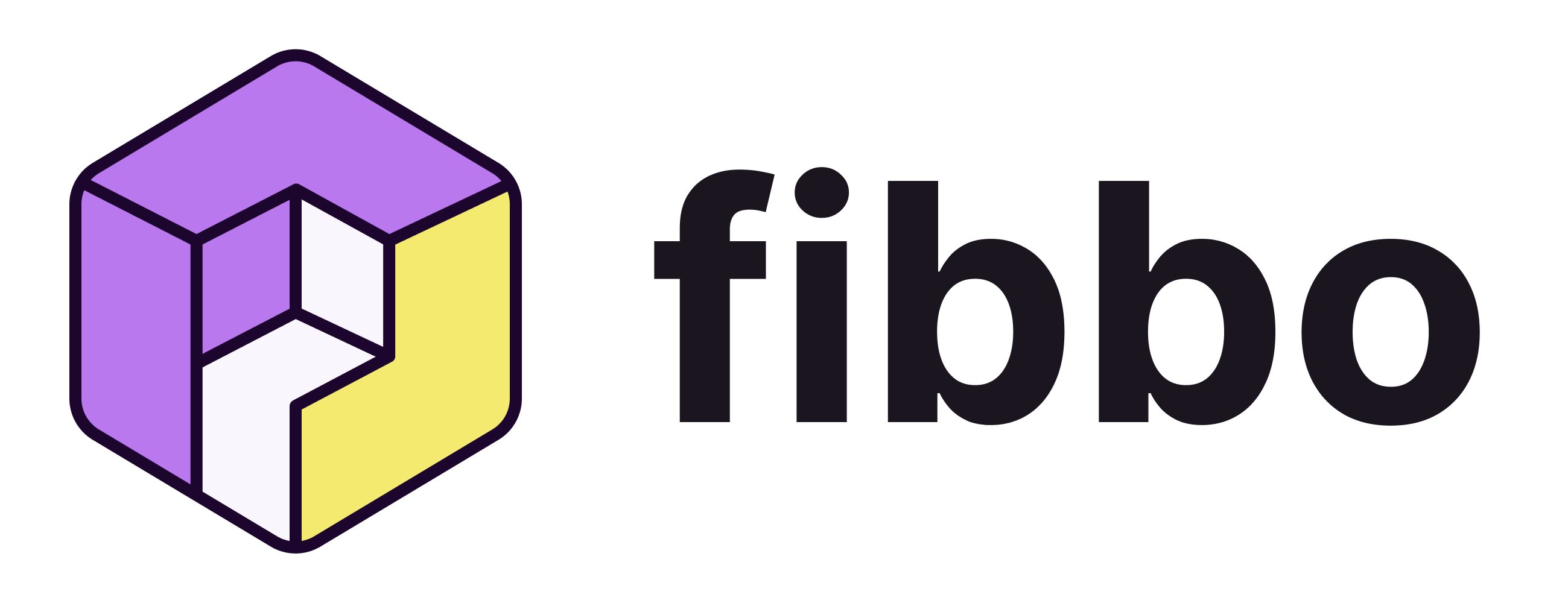Cameras
Cameras are used to render a scene from a specific point of view. They are attached to a scene and are used to render the scene to the screen.
However, they're technically very different in 2D and 3D scenes, so we'll cover them separately.
3D Cameras
In 3D scenes, cameras technically exist the same way you would think of a camera in real life. They have a position, a rotation, and a field of view.
Every camera in @fibbojs/3d extends the PerspectiveCamera class from Three.js.
To learn more about cameras in Three.js, you can check the Three.js documentation.
2D Cameras
In 2D scenes, cameras are a bit different as 2D environments don't have a concept of perspective. Instead, they have a position and a zoom level.
But as the concept of camera is still useful to think about how the scene is rendered, we still have camera classes in @fibbojs/2d.
Under the hood, they're just cleverly managing the scene's viewport based on pixi-viewport.
Changing the camera of a scene
You can change the camera used to render the scene by setting the camera property of the scene.
// Attach a camera to the character
scene.camera = new FGameCamera({
target: character,
})Available cameras
Here are the available cameras in Fibbo :
| Camera | Available in 2D | Available in 3D | Description |
|---|---|---|---|
| FGameCamera | ❌ | ✅ | A camera that follows a target and can be rotated. Enables a third-person view and locking the cursor. |
| FOrbitCamera | ❌ | ✅ | More raw version of the game camera. |
| FAttachedCamera | ✅ | ✅ | A camera attached to a given target. |
| FFixedCamera | ✅ | ✅ | A fixed camera that doesn't move. |
| FPointerLockCamera | ❌ | ✅ | Similar to the game camera but behaves like a first-person shooter. |
| FFreeCamera | ✅ | ❌ | A camera that can be moved freely in the scene. |
| FCamera | ✅ | ✅ | The base class for all cameras. |

